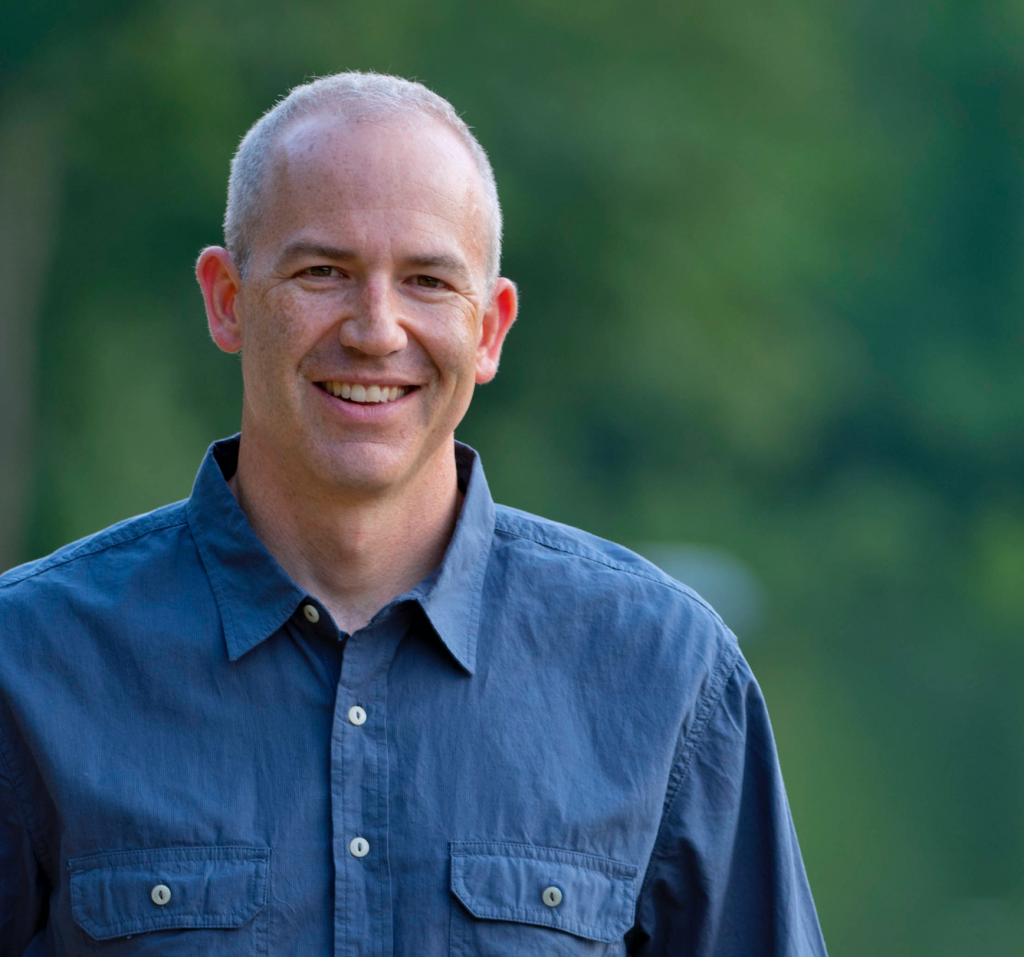Subscribe: Apple Podcasts | Email | RSS | More

Recording and Editing Video Legacy Stories
In part 1 of this episode, Rich Polt talked about the lead-up to recording day. Today, he breaks down exactly what happens when he and his crew show up to film the storyteller. He also discusses phase 3 of the process: editing the footage.
When he first started Acknowledge Media, Rich spent hours teaching himself Adobe Premiere Pro. But while he sees the need to have the skills that are foundational to the projects he creates, he recognizes that his team of videographers (including Jordan Freeman), editors, archival producers, and media directors are better suited to the technical side of things, while he handles the rest of it: new business development, sales, marketing, HR, and, of course, the most important task of all—conducting the interviews. Backed by a solid (and growing) team, Rich makes sure that all the projects are up to his standards, with each undergoing a final pass by him before being delivered to the client.
Types of Projects
Rich's offerings have grown over the years, and now include three distinct packages:
- a 3-4 hour narrative, including all footage shot
- a showcase, including the above 3-4 hours plus a 5-6 minute highlight reel
- a feature, including both products above, plus a highly edited documentary film with music score, b-roll footage, archival assets, and more.
Gear
When he began, Rich and his videographer used two DSLR cameras and lav mics on all. Today, they've switched to two high-end video cameras and a boom mic for the storytellers.
My biggest surprise? When Rich said that a beginner can get great results with two iPhone cameras. It won't be the same quality as what he produces, but it's the listening and questioning skills you bring to the interview that will define your core value, not the high-tech gadgetry. (Hint: Two cameras, no matter what kind you use, will give you far greater results than just one.)
Rich also spoke frankly about his prices: where he started, what he charges now, how those prices will likely rise in the future. The important thing is to make your prices reflect the quality of your work. And then, of course, identify the market willing to pay for that exceptional quality.
You can find part one of our interview here.
Bonus:
We didn't mention this in the podcast, but if you want to know what a great email newsletter looks like, check out how Rich does it here. Better yet, subscribe to his newsletter.